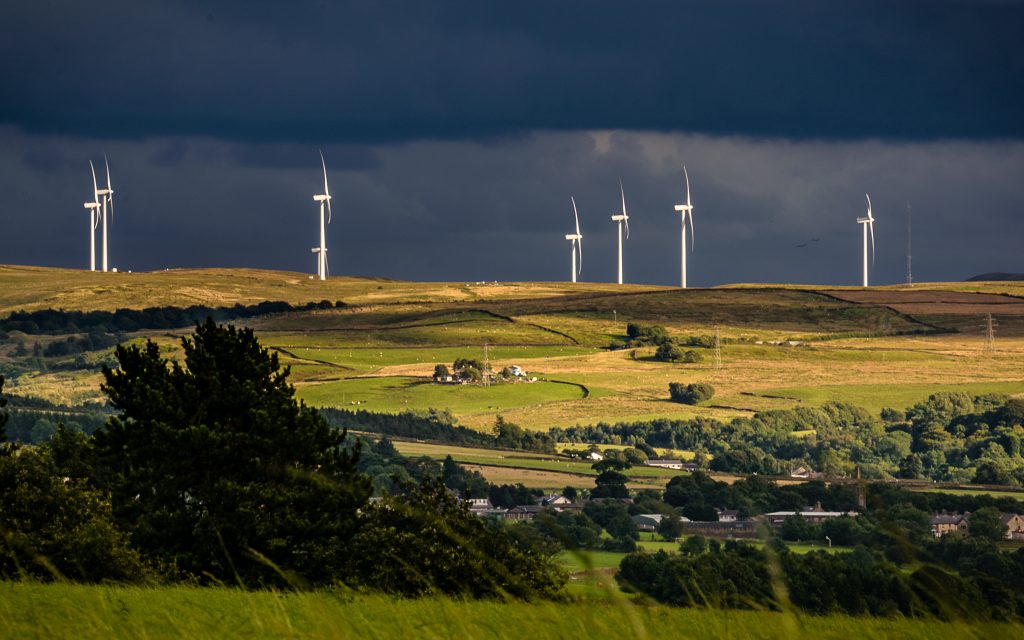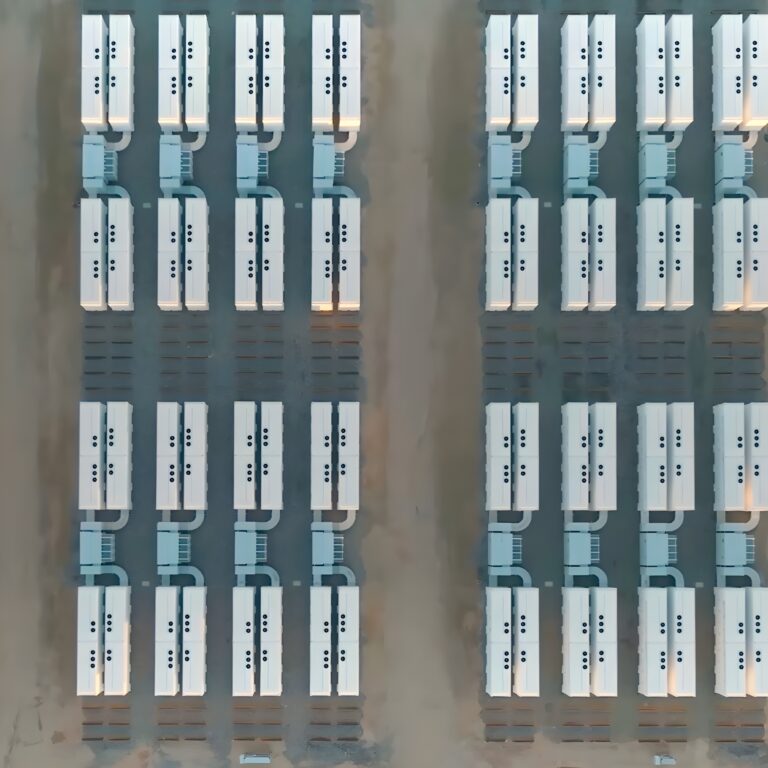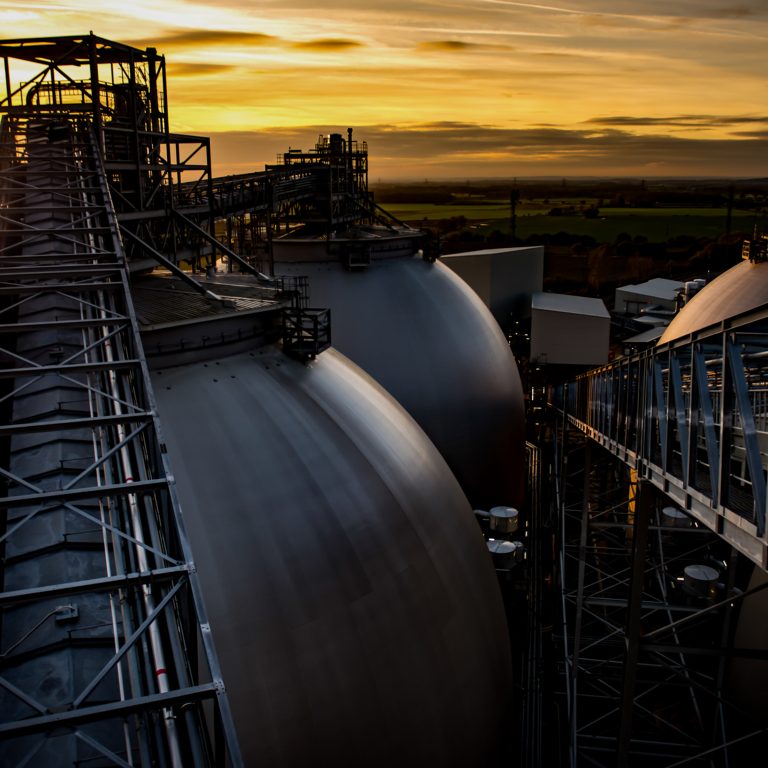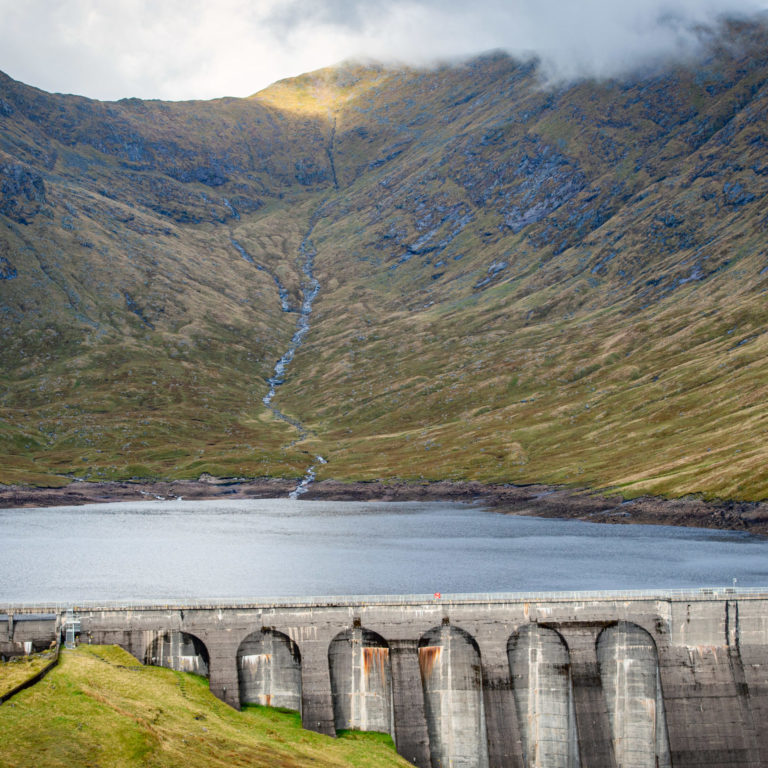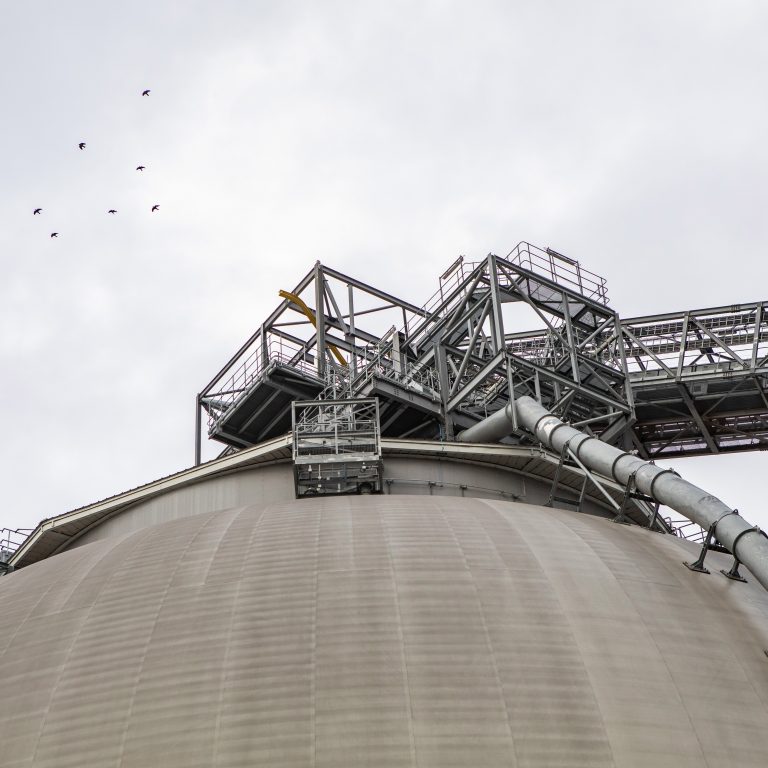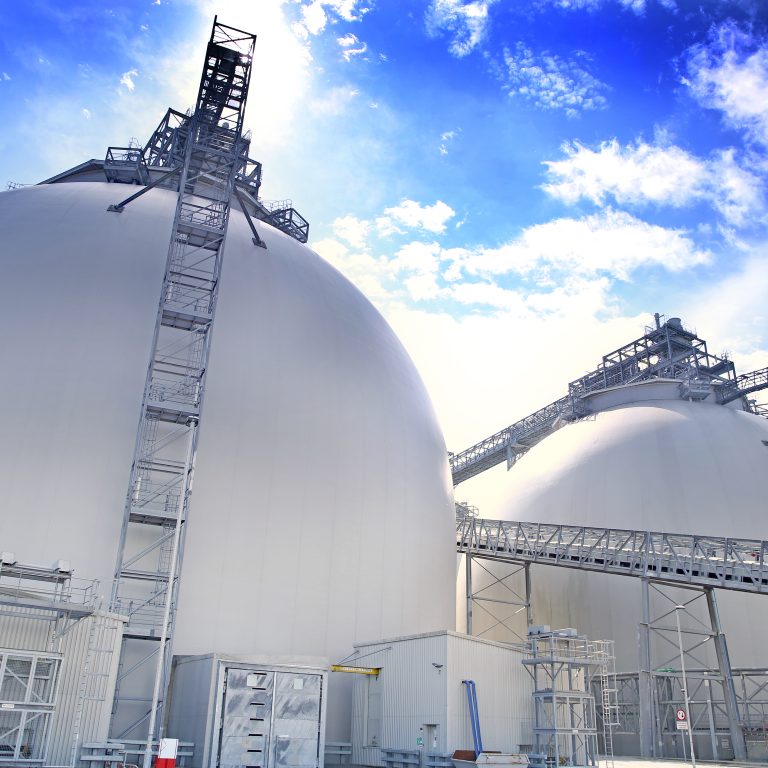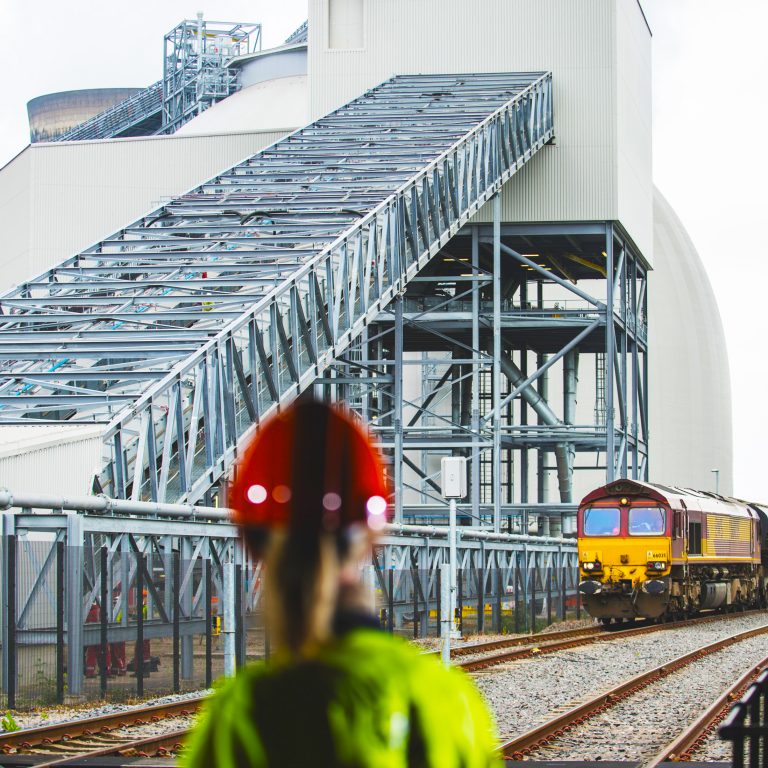Great Britain’s electricity is cleaner than ever. As wind, solar, biomass and hydro continue to make up more and more of our energy mix, the power system edges ever closer to being entirely decarbonised. The GB power system has leapt up the big economies’ low carbon league table from 20th in 2012 to seventh in 2016.
But this shift to lower-carbon power isn’t owed only to growing renewable electricity capacity. A fall in gas prices has helped and importantly, government policy has ensured coal power generation has become increasingly uneconomical vs electricity produced with gas (gas and coal compete for contracts to supply power to the National Grid).
Introduced in 2013, Great Britain’s Carbon Price Floor sets the minimum price on carbon emissions. A stricter policy than the EU’s volatile EU Emissions Trading System (EU ETS) which puts a much lower price on carbon dioxide (CO2) emissions, the Carbon Price Support as the British policy is also known tops up the EU ETS. Together, they have had a significant impact. According to Aurora Energy Research, the Carbon Price Floor is a major factor in coal generation emissions falling.
In Great Britain, the Carbon Price Floor (CPF) is currently capped at £18 per tonne of CO2 and the EU ETS sits at around £5 t/CO2 – meaning power generators and heavy industry pay around £23 t/CO2 altogether. When initially formulated by the coalition government in 2010, it was intended the CPF would reach £30 per tonne by 2020 and £70 per tonne by 2030. However, the EU ETS has since fallen therefore the UK government chose to cap the carbon price support at £18 per tonne until 2020.
Now, as we reach the end of the decade, questions remain as to what will happen to this crucial mechanism post-2020. Will the government price coal off the system once and for all or will the fossil fuel make an unlikely comeback?

Four visions of carbon pricing’s future
In its research, Aurora has identified four potential future scenarios for the UK’s carbon pricing strategy.
Status Quo: If the UK chooses to continue supporting the phase-out of coal and promotes low-carbon investment, the Carbon Price Floor will steadily increase post-2020, reaching an estimated £52 per tonne by 2040. In this scenario the UK’s carbon pricing structure remains about £18 per tonne higher than the EU ETS which is currently around £5 per tonne.
Catch-up: In the post-Brexit landscape (whatever it may look like) the UK may choose to seek parity with the EU over decarbonisation. In this scenario, the total UK carbon price remains flat with EU ETS, which rises until convergence. In this scenario the UK and EU’s price per tonne of carbon reaches £35 by 2040.
Low Priced Carbon: In the event that the UK government removes the carbon price from 2021 and the EU ETS never recovers beyond its 2017 level, the short-term effects could be a drop in the price of coal power and cheaper energy bills. CO2 emissions increase in the UK as demand for power rises in the late 2020s and beyond (as recently witnessed in the Netherlands where coal generation has increased, in part, due to a low EU ETS). The expected price per tonne of carbon could be as low as £6 by 2040 and investment in lower carbon and renewable forms of power generation stalls.
High Priced Carbon: In order to meet the UK’s fourth and fifth carbon budgets set by the Committee on Climate Change, this scenario sees the electricity system decarbonise more quickly, with coal removed as an energy source. The carbon price rises dramatically over the next two decades to hit £153 per tonne by 2040.
Stopping the coal comeback
Of these four scenarios, the steadily increasing prices of the Status Quo scenario could see the UK meet its power sector target within the fourth carbon budget of 100 g CO2-eq/kWh – achieving a 51% reduction from 1990 emission levels by 2030. But Aurora found that keeping things as they are could see a radical swing the other way, some years earlier in its scenario: coal could make a comeback in the early 2020s.
In July this year, coal accounted for just 2% of electricity generation in Great Britain and in 2016 as a whole it accounted for 9%, producing the lowest amount of electricity since the start of World War II. Without solid growth of the Carbon Price Floor it could become a much more competitive fuel. This potential is further increased by a predicted rise in natural gas prices post-2020, when the current surplus of liquefied natural gas (LNG) is set to end.
If the government chooses not to set tough prices on carbon emissions, Aurora predicts that on average coal will account for 9% of electricity generation between 2021 and 2025 – a change in the declining coal power trend seen in recent years. A Low Carbon Price future would see coal grow to almost 12% of the total electricity generation mix during the same period.
By contrast, in the High Carbon Price scenario, coal is almost completely driven out of the energy system, accounting for an estimated 2% of electricity generation between 2021 and 2025.
Signalling to the future
What is crucial for British power generators at this stage is clarity beyond 2020, when the £18 per tonne cap ends. This can allow the industry to react to future carbon pricing and prepare for whatever future scenario the government is most likely to adopt.
If the government chooses to continue decarbonising the energy system in a significant way – as it should do – coal facilities can be converted to renewable or lower-carbon units, such as biomass or gas. New interconnectors, renewable sources, storage facilities and demand-side response will also need to be installed at a greater capacity to meet the energy system’s demands.
As the amount of low carbon generation continues to grow, it will increasingly be the marginal generator. This means that power stations such as Drax’s biomass units, which run with an 87% lower carbon footprint compared to coal across their entire supply chain, could be used to meet the last megawatt hour (MWh) of demand – and this would see the carbon price having a diminishing impact on the wholesale price of power.
As has already been shown, the Carbon Price Floor is one of the most effective ways to reduce Great Britain’s electricity emissions. But to continue this impressive progress, the government needs to use it appropriately to set a path towards a decarbonised future.
In October, Drax joined British energy company SSE, climate NGO Sandbag and others to write to Chancellor Philip Hammond, calling on him to back the Carbon Price Floor beyond 2020 and in doing so, provide certainty for businesses investing in lower carbon and renewable capacity. Read the letter here.







